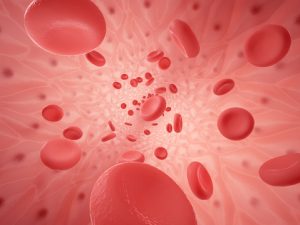
PAD is a common circulatory problem whereby narrowed arteries reduce the amount of blood delivered to the limbs, which are most commonly the legs. Symptoms may vary greatly from person to person, with some individuals not having any at all while others experience muscle pain or cramping. People with PAD will typically find relief once they stop and rest for a couple of minutes after activity that’s causing the pain. Symptoms include:
- Painful cramping in the hip, thigh, or calf muscles after walking or climbing up stairs
- Leg numbness or weakness
- Coldness in the leg or foot
- Sores on feet that are slow to heal
- Change in color of the legs
- Hair loss noticed on legs and feet
- Shininess of skin on legs
- Weak or no pulse appreciated at feet or legs
- Erectile dysfunction (in men)
Due to the lack of blood flow to the lower extremities, the legs and feet may be more at risk for developing wounds that are slow to heal, possibly leading to amputation in the most severe of cases. It is advised that anyone experiencing such pain speak to their physician. The disease is often the result of arteries hardening due to fatty deposits called plaque that sticks to the walls of blood vessels, reducing blood flow.
“We recommend that everyone take a few sensible health measures to keep their veins and arteries healthy. First, know your ‘numbers,’ that is, manage your blood pressure, blood sugar, and cholesterol. Don’t smoke, and get regular physical activity. Try to lower your stress level, too,” says Dr. Ali AbuRahma, secretary of the Society for Vascular Surgery.
The disease is typically managed with simple lifestyle modification and medication that is aimed to keep the blood vessels healthy and flowing. Seeing your doctor will provide more information on the exact diagnosis and give the best recommendations for your unique case.
In the most severe cases, patients who do not find relief with symptom-reducing medication and lifestyle changes can choose to undergo angioplasty to treat their peripheral artery disease.
“Vascular specialists are trained to restore blood flow, but most of our long-term patients never need anything other than medication and good health habits,” AbuRahma said. “But if non-invasive treatments no longer work, we can install minimally invasive balloons or stents to unblock blood vessels, or perform open procedures, in which we create bypasses around a blocked artery,” AbuRahma explained.
Related: Tingling in the left arm: Common causes and prevention tips